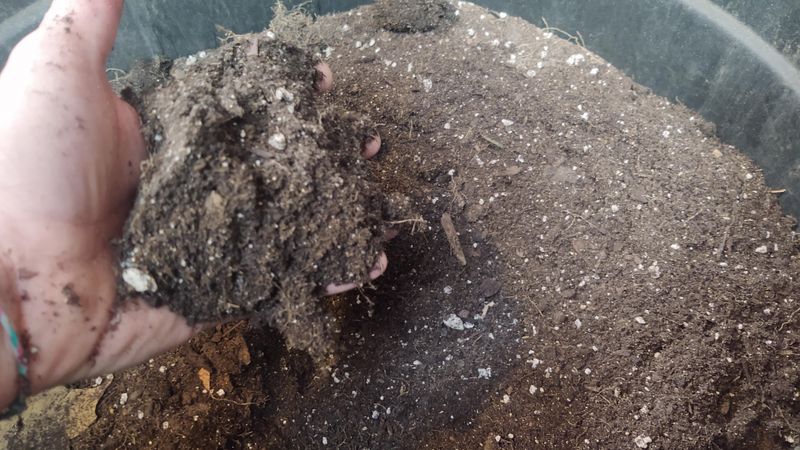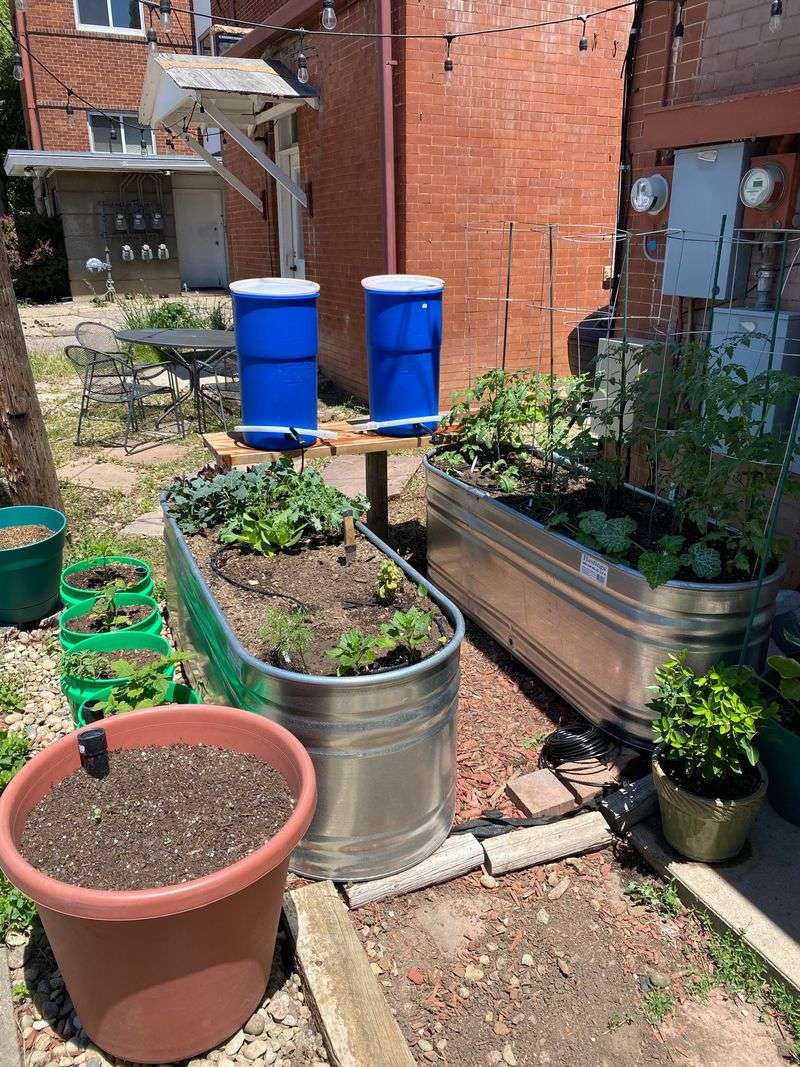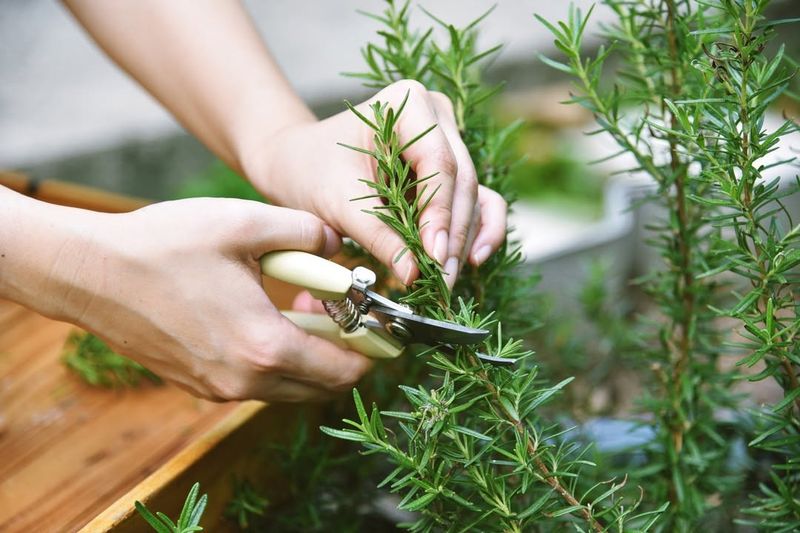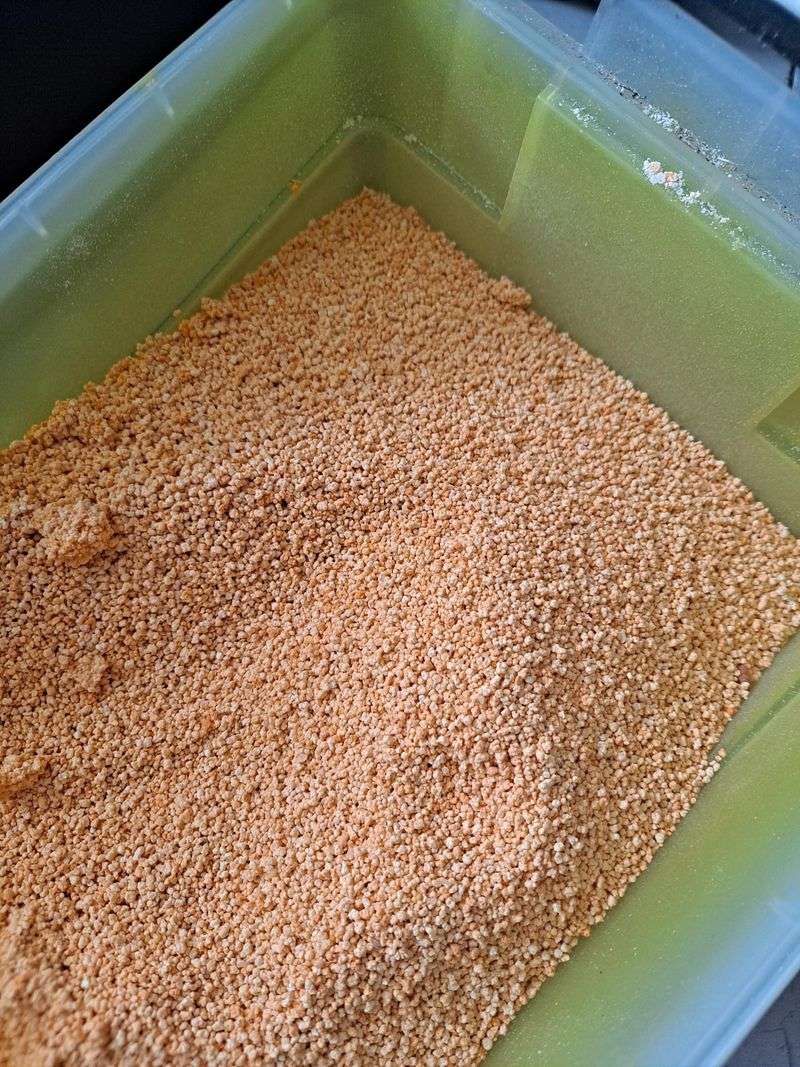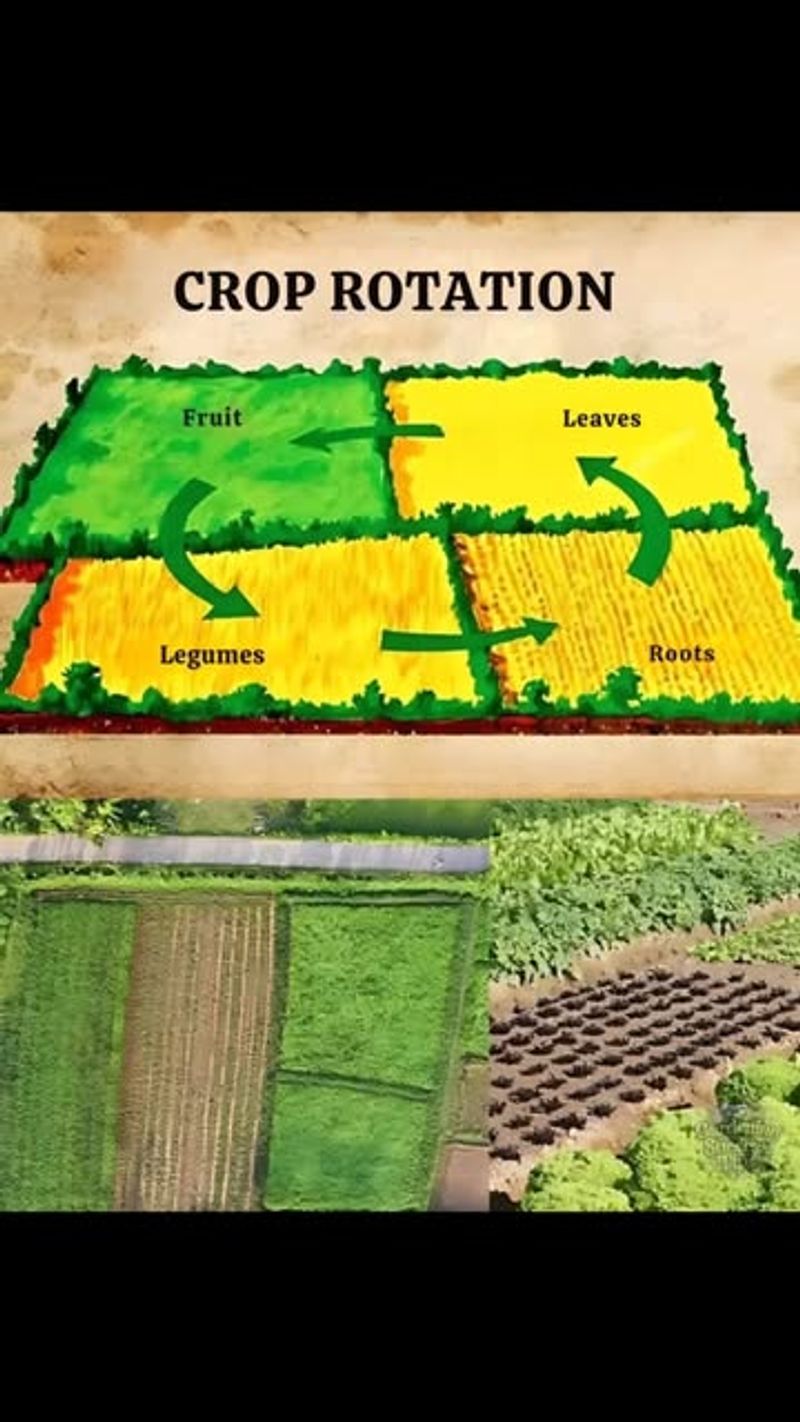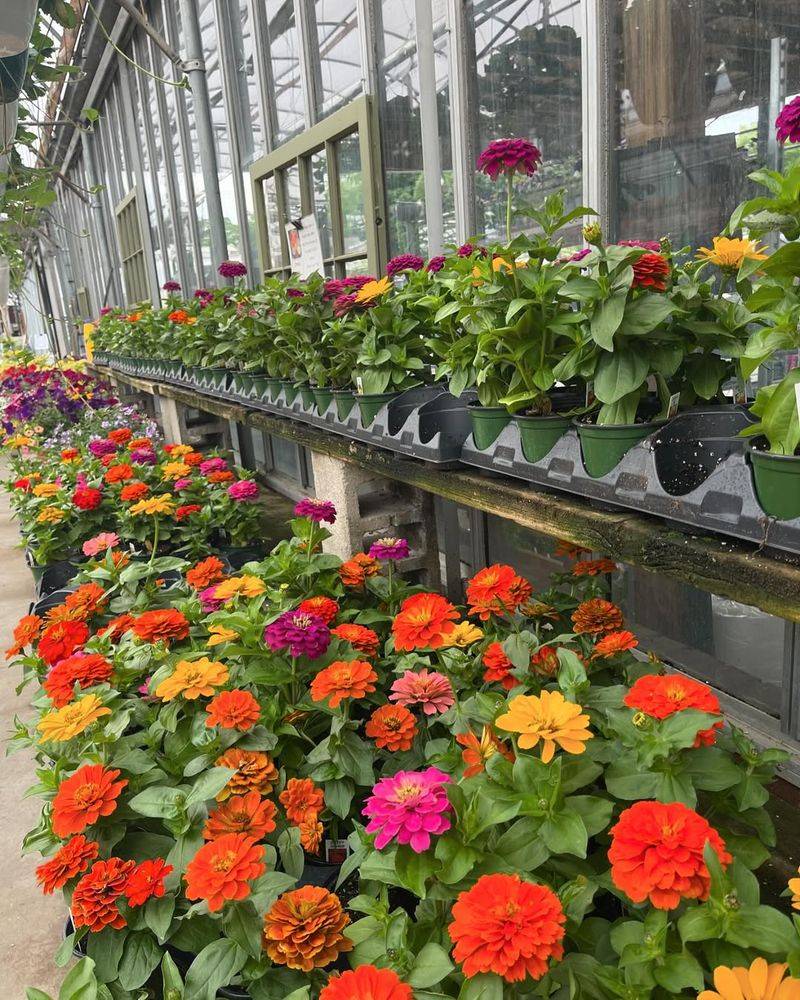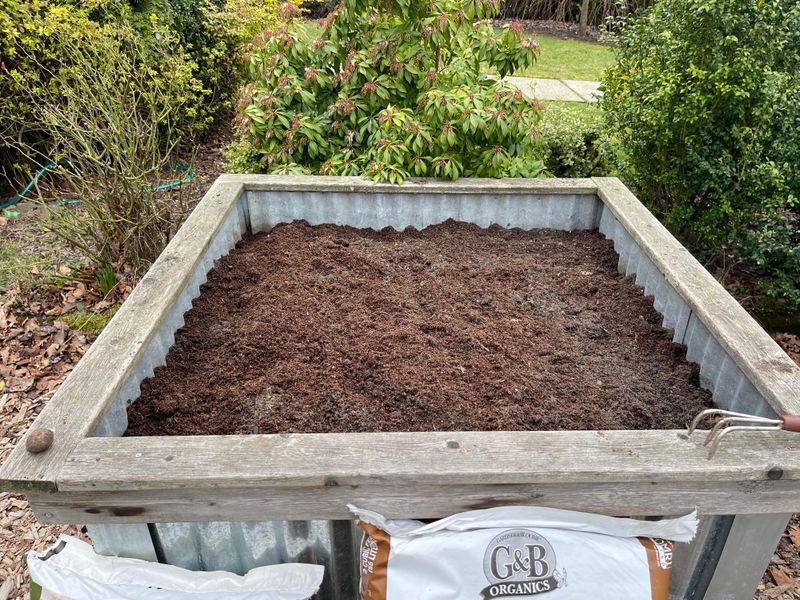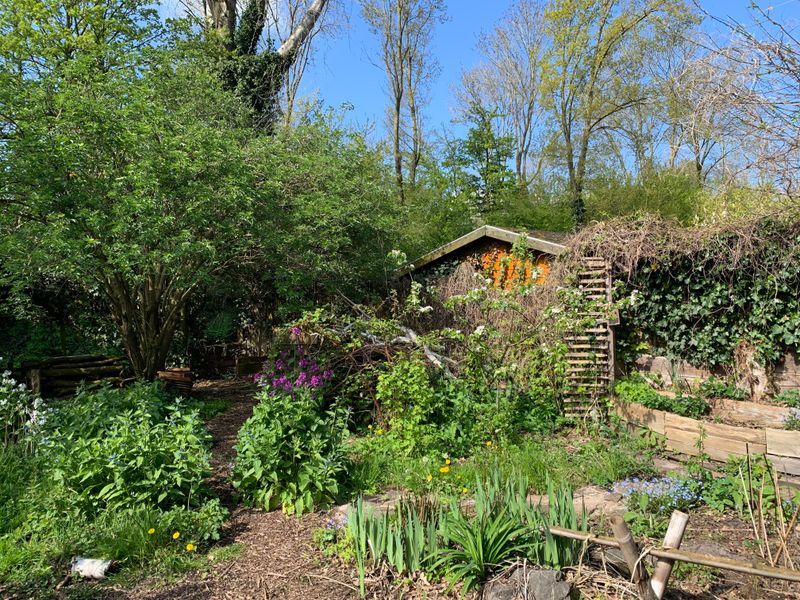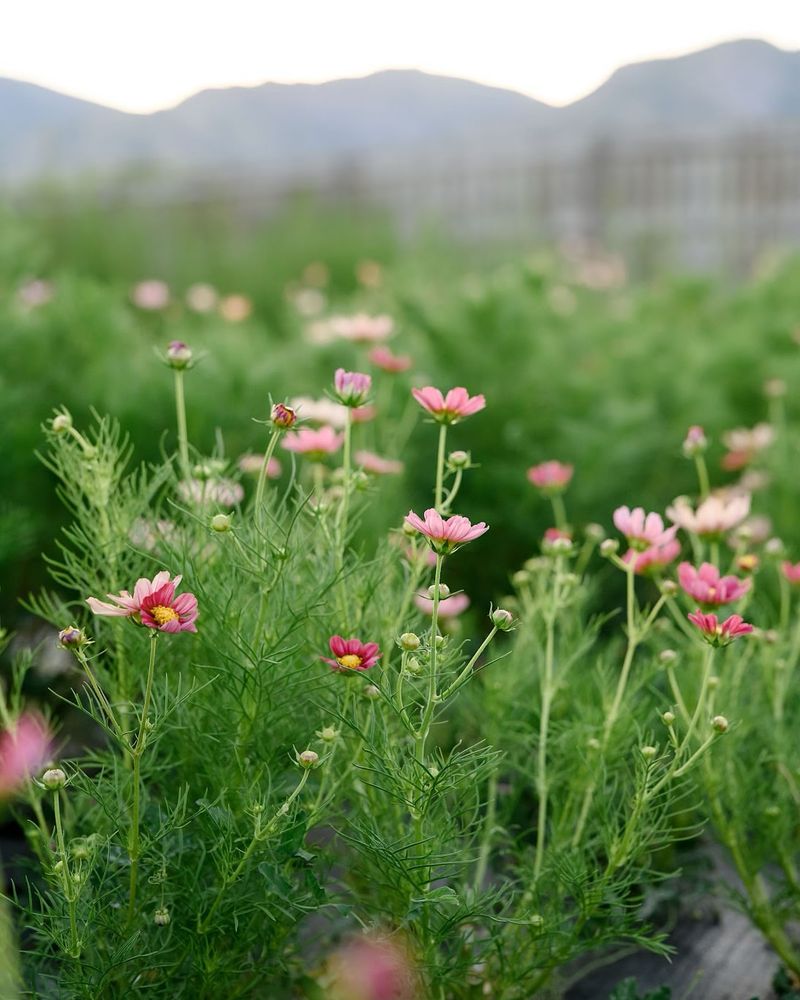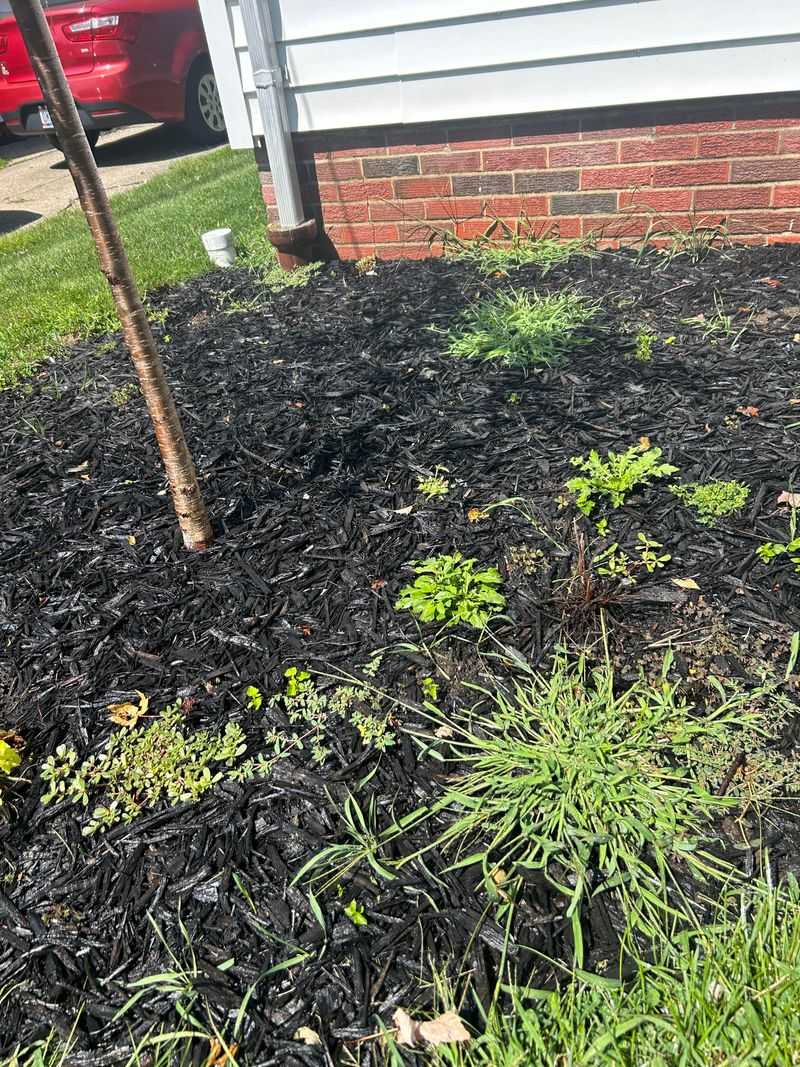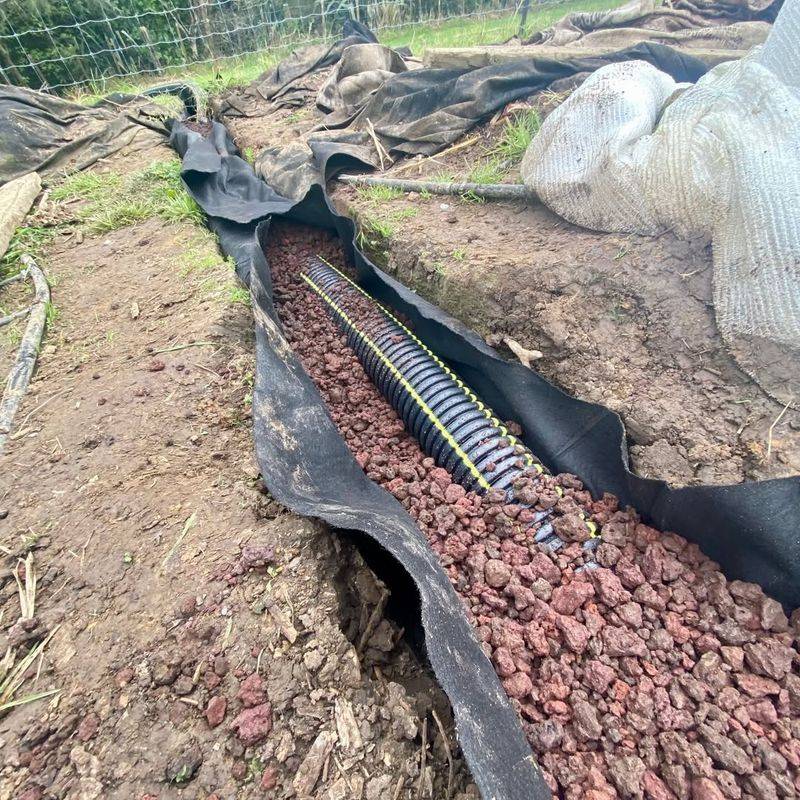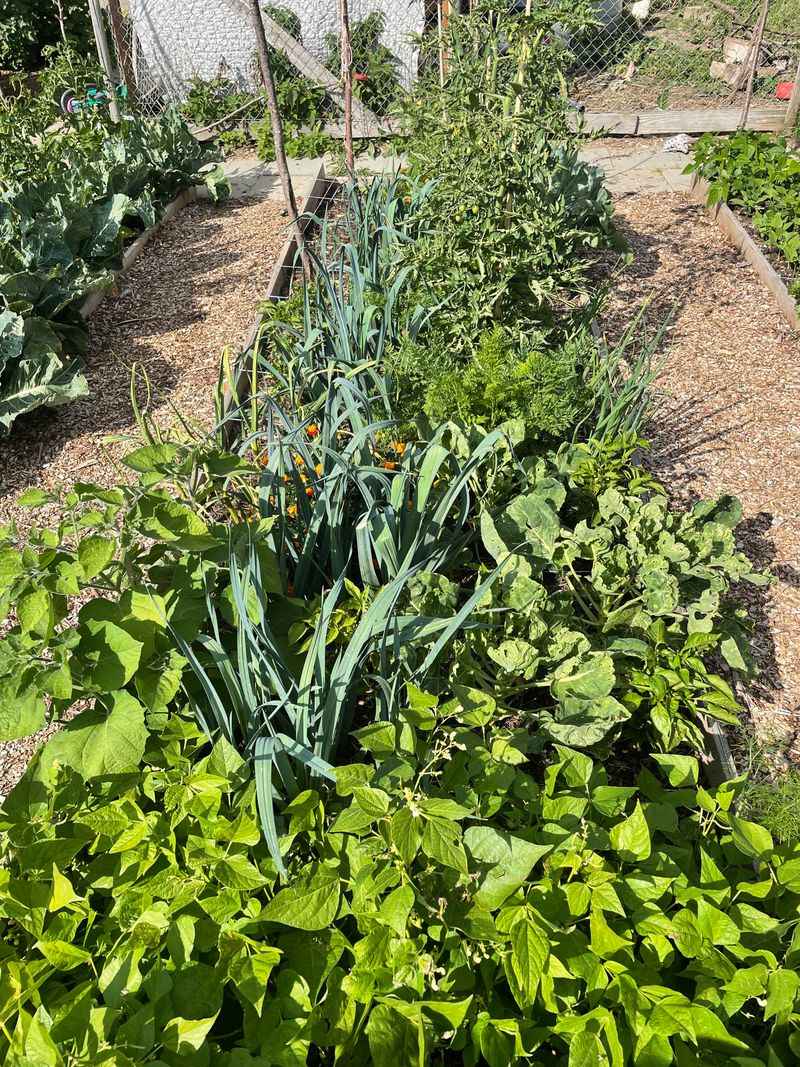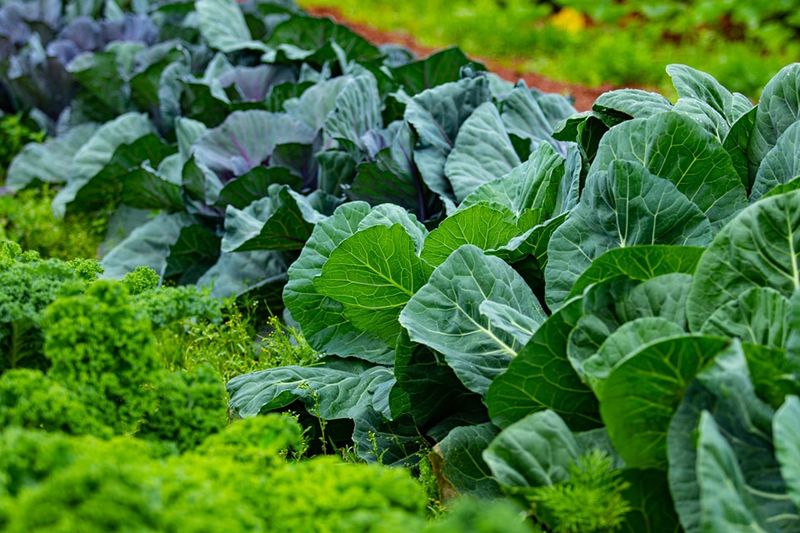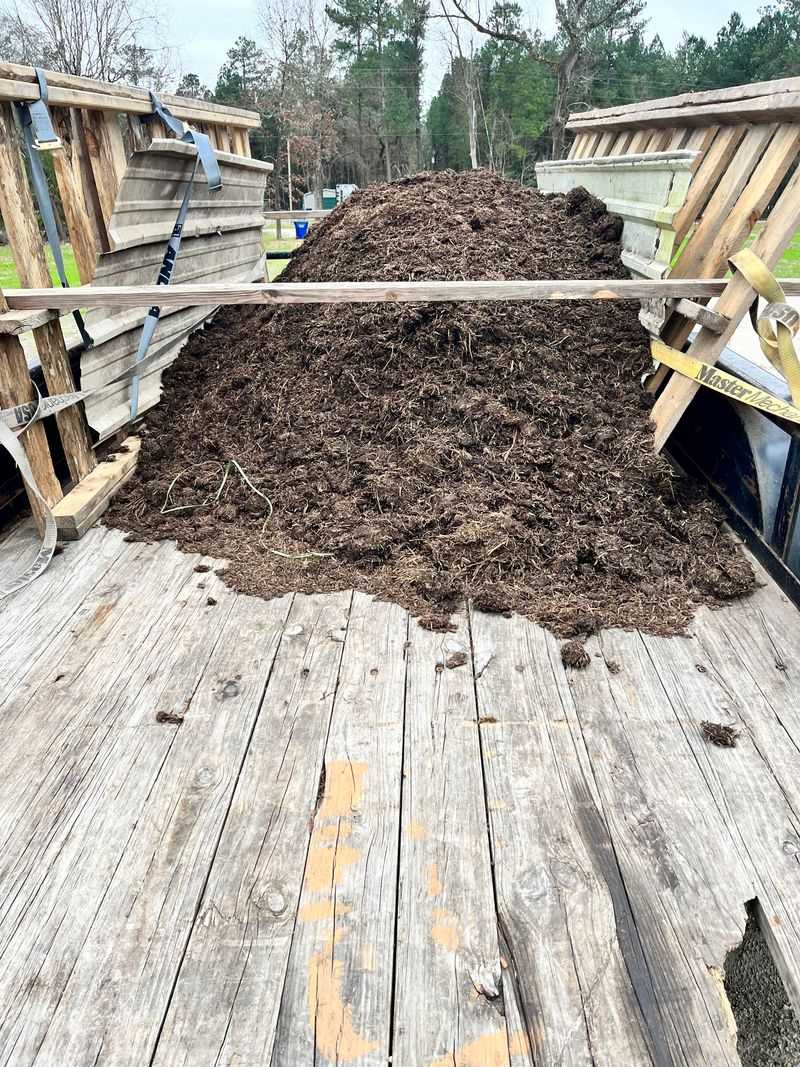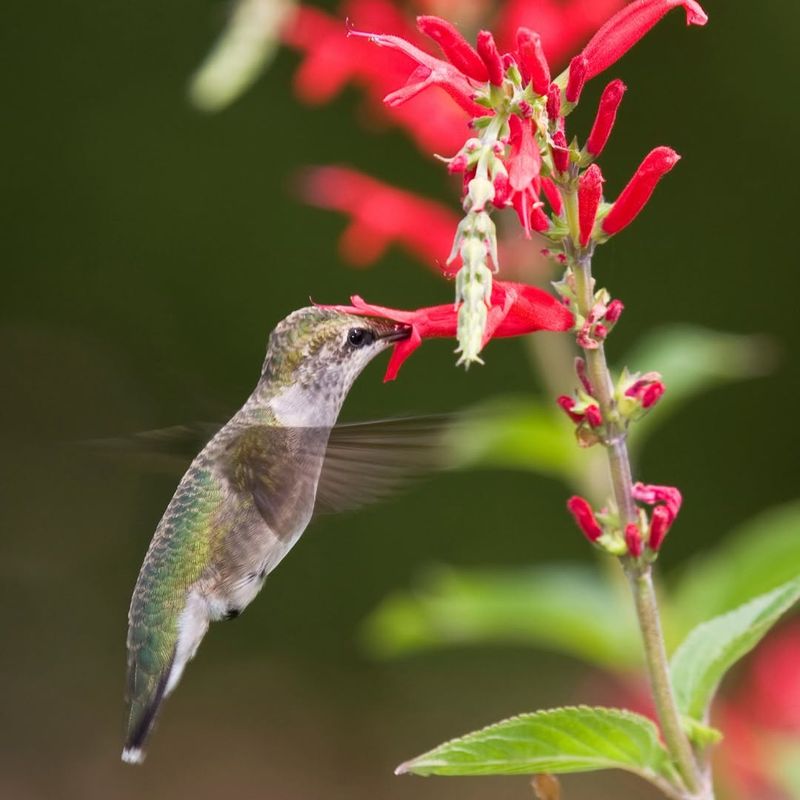Gardening is a wonderful hobby that connects us with nature, but sometimes our gardens might not flourish as we’d like. Reviving a struggling garden can be challenging, yet it’s a rewarding task that brings life back to your green space. Let’s explore some practical tips to breathe new life into your garden and make it thrive again!
1. Check Soil Health
Healthy soil is the foundation of a thriving garden. Checking its pH level can reveal imbalances that hinder plant growth. Consider using a soil tester to identify any deficiencies in nutrients. Different plants prefer different pH levels, so adjusting the soil accordingly can make a big difference.
If the soil is too acidic or alkaline, amending it with lime or sulfur might be needed. Organic matter like compost can enrich the soil, providing essential nutrients. Revitalizing the soil can lead to a more productive garden, fostering an environment where plants can flourish.
2. Water Wisely
Water is essential for plant survival, but too much or too little can stress them. Finding the right balance is key. Use a drip irrigation system or watering can to provide a steady supply without drowning the plants.
Early morning or late evening is the best time to water, reducing evaporation and ensuring efficient absorption. Be mindful of the varying needs of different plants; some may require more frequent watering, while others prefer drier conditions. Proper watering habits can transform your garden into a vibrant oasis.
3. Prune with Care
Pruning is like giving your plants a haircut; it helps them look and feel their best. Removing dead or diseased branches encourages new growth and prevents the spread of infections. It’s a simple task that can be done with a pair of garden scissors.
When pruning, focus on cutting just above a leaf node to stimulate growth. Don’t be afraid to trim back overgrown areas, as this can lead to a more manageable and productive garden. Regular pruning keeps plants healthy and aesthetically pleasing, making them more resilient.
4. Use Mulch
Mulch acts as a protective barrier for your garden. By covering the soil, it helps retain moisture, suppress weeds, and regulate temperature. Organic mulches like wood chips or straw also break down over time, adding nutrients to the soil.
Applying a thick layer of mulch around your plants can protect them from harsh weather conditions. It’s an easy and effective way to enhance the overall appearance of your garden. Mulching not only conserves water but also promotes healthy soil and vibrant plant growth.
5. Feed with Fertilizer
Fertilizers are like vitamins for your plants. They provide essential nutrients that might be missing from the soil. It’s important to choose the right type for your garden’s specific needs, whether organic or chemical.
Applying fertilizer according to the package instructions can boost plant growth and increase yields. Be careful not to over-fertilize, as this can harm plants. A balanced feeding schedule helps maintain a thriving garden, ensuring your plants get the nutrients they need to grow strong and healthy.
6. Rotate Crops
Rotating crops is like giving your garden a fresh start every season. It prevents soil depletion by changing the types of plants grown in a particular area, reducing pest and disease buildup. Planning a crop rotation schedule can keep your garden soil healthy and productive.
Try planting legumes in one season to add nitrogen to the soil, followed by leafy greens or root vegetables. This practice maintains soil fertility and results in better harvests. Crop rotation is a sustainable way to keep your garden flourishing year after year.
7. Control Pests Naturally
Pests can be a gardener’s nightmare, but natural solutions can keep them at bay. Companion planting is a technique where certain plants deter pests from others. Marigolds, for example, can repel nematodes from vegetable gardens.
Introducing beneficial insects like ladybugs can also help control pests. They prey on aphids and other harmful insects. By avoiding chemical pesticides, you can create a healthier garden environment. Embracing natural pest control methods ensures a balanced ecosystem where plants can thrive without harmful side effects.
8. Enhance Pollination
Pollination is vital for fruit and flower production. Attracting pollinators like bees and butterflies to your garden can enhance this natural process. Planting a variety of colorful flowers that bloom at different times can keep pollinators visiting year-round.
Creating habitats like bee hotels or butterfly gardens can encourage these helpful creatures to stay. Pollination not only boosts crop yields but also adds life and color to your garden. By supporting pollinators, you contribute to a thriving garden and a healthier ecosystem.
9. Rejuvenate with Compost
Compost is like a magic potion for gardens. It enriches the soil with organic matter and nutrients, promoting healthy plant growth. Collecting kitchen scraps and yard waste to create your own compost can be a sustainable practice.
Spreading compost around your plants improves soil structure, enhances moisture retention, and adds beneficial microbes. It’s a simple way to rejuvenate a struggling garden, turning waste into nourishment. Regular composting fosters a thriving garden environment, supporting plants’ overall health and productivity.
10. Improve Light Conditions
Sunlight is a key ingredient for photosynthesis, the process plants use to make food. Ensuring your garden receives adequate light can make a huge difference in plant health. Observe the sun’s path and place plants accordingly.
Some plants thrive in full sun, while others prefer partial shade. Adjusting the garden layout to accommodate these preferences can optimize growth. Using reflective surfaces or trimming nearby trees may also improve light conditions. A well-lit garden nurtures vigorous plants, enhancing both beauty and productivity.
11. Select Resilient Plant Varieties
Choosing the right plants can make or break your garden. Opting for resilient varieties that suit your local climate and soil conditions ensures success. Indigenous plants often require less care, as they’re adapted to the environment.
Researching which plants thrive in your area can save time and effort. Look for disease-resistant and drought-tolerant options. These hardy plants can withstand challenges, providing consistent yields. By selecting resilient varieties, you create a robust garden that can stand the test of time and changing weather conditions.
12. Maintain Regular Weeding
Weeds compete with your plants for nutrients, water, and space. Pulling them out regularly can give your garden plants the best chance to thrive. Using a trowel or hand fork makes the job easier and more effective.
It’s best to weed when the soil is moist, as weeds come out more easily. Regular weeding helps maintain a tidy and productive garden, allowing your plants to grow without competition. Consistent attention to this task fosters a healthier gardening environment, contributing to overall garden success.
13. Enhance Soil Drainage
Poor drainage can drown plants, leading to root rot. Improving soil drainage is crucial, especially in areas with heavy clay soil. Creating channels or raised beds can help excess water escape, protecting plant roots.
Adding sand, gravel, or organic matter can also improve drainage. Observing how water flows after rain can guide your adjustments. Enhanced drainage ensures your plants receive the right amount of moisture, promoting robust growth. A well-drained garden is a healthier one, where plants can thrive without waterlogging issues.
14. Integrate Companion Planting
Companion planting is a strategy where certain plants are grown together for mutual benefits. Tomatoes and basil, for example, make great companions, enhancing each other’s growth and flavor. This method can deter pests and improve nutrient uptake.
Planning a companion planting layout can lead to healthier, more productive plants. It maximizes space and resources, creating a balanced garden ecosystem. By integrating companion planting, you support your garden’s natural harmony, fostering an environment where different species thrive together.
15. Observe and Adjust
Keeping a keen eye on your garden allows you to catch problems early. Regularly observing plant health and making necessary adjustments can prevent issues from escalating. Taking notes on a clipboard can help track changes and improvements.
Look for signs of distress like discoloration or wilting and respond promptly. Adapting to the garden’s needs ensures continued growth and vitality. This practice fosters a deeper connection with your garden, allowing you to enjoy its rewards fully. Observation and adjustment are keys to a flourishing garden.
16. Balance Plant Nutrition
Balanced nutrition is vital for plant health. Providing a mix of macronutrients like nitrogen, phosphorus, and potassium can support growth. Organic fertilizers or well-rotted manure offer a natural approach to feeding your garden.
Testing the soil before applying fertilizers ensures you’re meeting specific needs. Avoiding nutrient imbalances keeps plants strong and resilient. By understanding and catering to your garden’s nutritional requirements, you promote lush and productive growth. A well-fed garden flourishes, showcasing the power of balanced plant nutrition.
17. Protect Against Frost
Frost can be devastating to tender plants. Protecting your garden during cold snaps is essential for survival. Using frost blankets or cloches can shield plants from freezing temperatures.
Covering plants before nightfall traps warmth, preventing frost damage. Uncover them during the day to allow sunlight to reach them. Taking these precautions ensures your garden continues to thrive, even in chilly conditions. Protecting against frost safeguards your hard work, allowing your garden to flourish despite the cold.
18. Encourage Beneficial Wildlife
Inviting beneficial wildlife like birds and insects to your garden can boost plant health. Birds help control pests naturally, while insects like bees and butterflies contribute to pollination.
Providing habitats such as birdhouses or insect hotels encourages these creatures to stay. They create a balanced ecosystem, where plants and wildlife coexist harmoniously. By welcoming nature’s helpers, you support a thriving garden environment. Encouraging beneficial wildlife enriches your garden, making it more vibrant and resilient.


